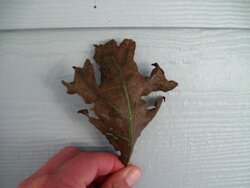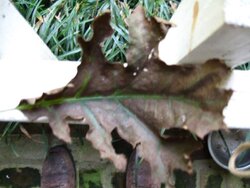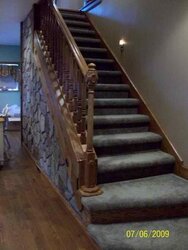golfandwoodnut
Minister of Fire
According to a forest ranger I spoke to they have introduced a tiny wasp that is supposed to help with the Ash Borer. However he said the wasps are weak and will take many years. They did a similiar thing with the gypsy moths, as I recall, were they introduced a wasp. I hope I am not getting the Oak Wilt as I did just have a very large Oak tree die.








